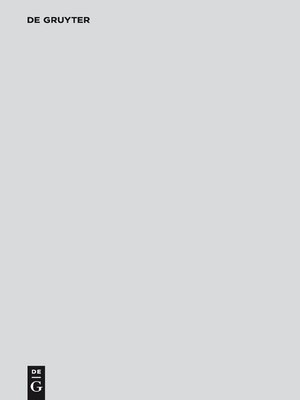A Grammar of Qiang
ebook ∣ With annotated texts and glossary · Mouton Grammar Library [MGL]
By Randy J. LaPolla

Sign up to save your library
With an OverDrive account, you can save your favorite libraries for at-a-glance information about availability. Find out more about OverDrive accounts.
Find this title in Libby, the library reading app by OverDrive.



Search for a digital library with this title
Title found at these libraries:
| Loading... |
This book is a full reference grammar of Qiang, one of the minority languages of southwest China, spoken by about 70,000 Qiang and Tibetan people in Aba Tibetan and Qiang Autonomous Prefecture in northern Sichuan Province. It belongs to the Qiangic branch of Tibeto-Burman (one of the two major branches of Sino-Tibetan). The dialect presented in the book is the Northern Qiang variety spoken in Ronghong Village, Yadu Township, Chibusu District, Mao County. This book, the first book-length description of the Qiang language in English, is the result of many years of work on the language, and is as typologically comprehensive as possible. It includes not only the reference grammar, but also an ethnological overview, several fully analyzed texts (mostly traditional stories), and an annotated glossary.
The language is verb final, agglutinative (prefixing and suffixing), and has both head-marking and dependent marking morphology. The phonology of Qiang is quite complex, with 39 consonants at seven points of articulation, plus complex consonant clusters, both in initial and final position, as well as vowel harmony, vowel length distinctions, and a set of retroflexed vowels. The grammar also is complex, with a paradigm of eight direction marking verbal prefixes, and two paradigms for person marking, one for actor, one for non-actor, and a variety of other verbal prefixes and suffixes, as well as definite and number marking on nouns. Noun phrases take classifiers and relational pospositions as well.






